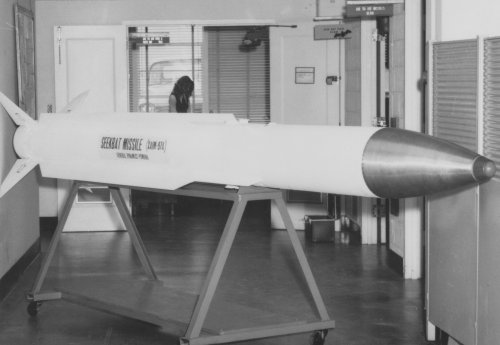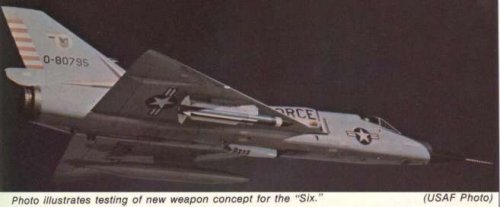I did some of my own searching online to see if anything more had been posted about it.
Sadly it was a lot of wikipedia mirrors and several odd things that might be worth investigating. Someone on a combat simulator forum had posted a
fictional press release about the XAIM-97 being tested as an ASAT weapon in 1974. In the resulting thread (
Link the poster stated that he had based it on some information he had 'dug up' about the missile, buit sadly didn't say where they found it. The other was a snippet view of a website that has been deleted and appeared to be claiming that Iran was working on converting Standards into Air-to-Air weapons. The final thing is also the most logical given that the Russians were basing MIG-25s in Egypt, namely that Israel was involved in the program to some extent.
I'd love to confim the ASAT story, but have no idea where to start.



